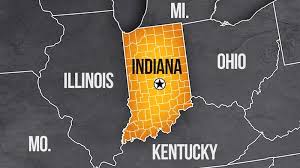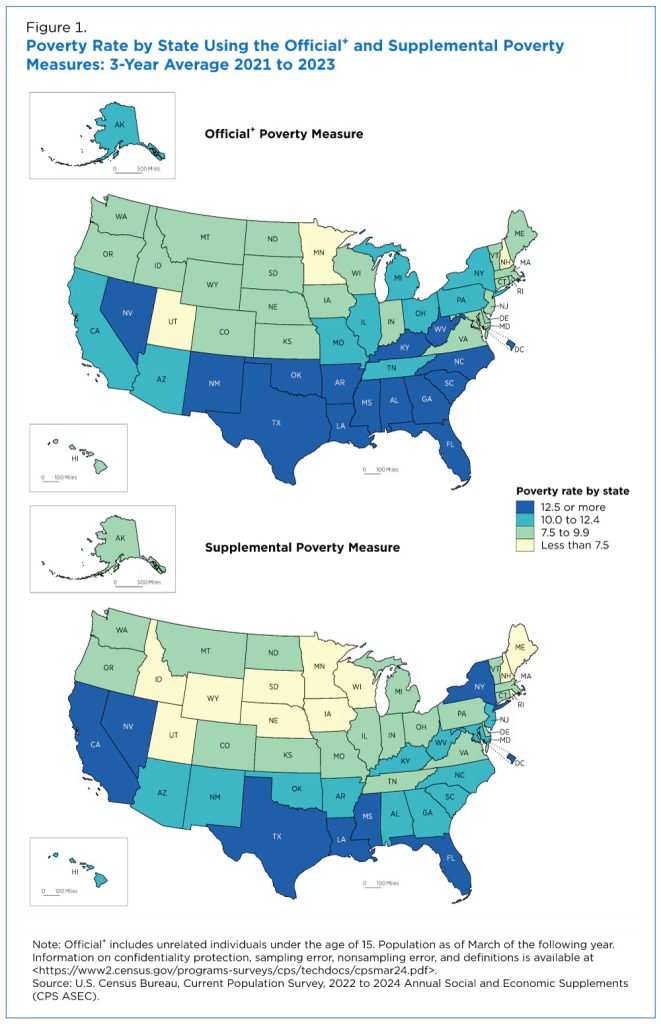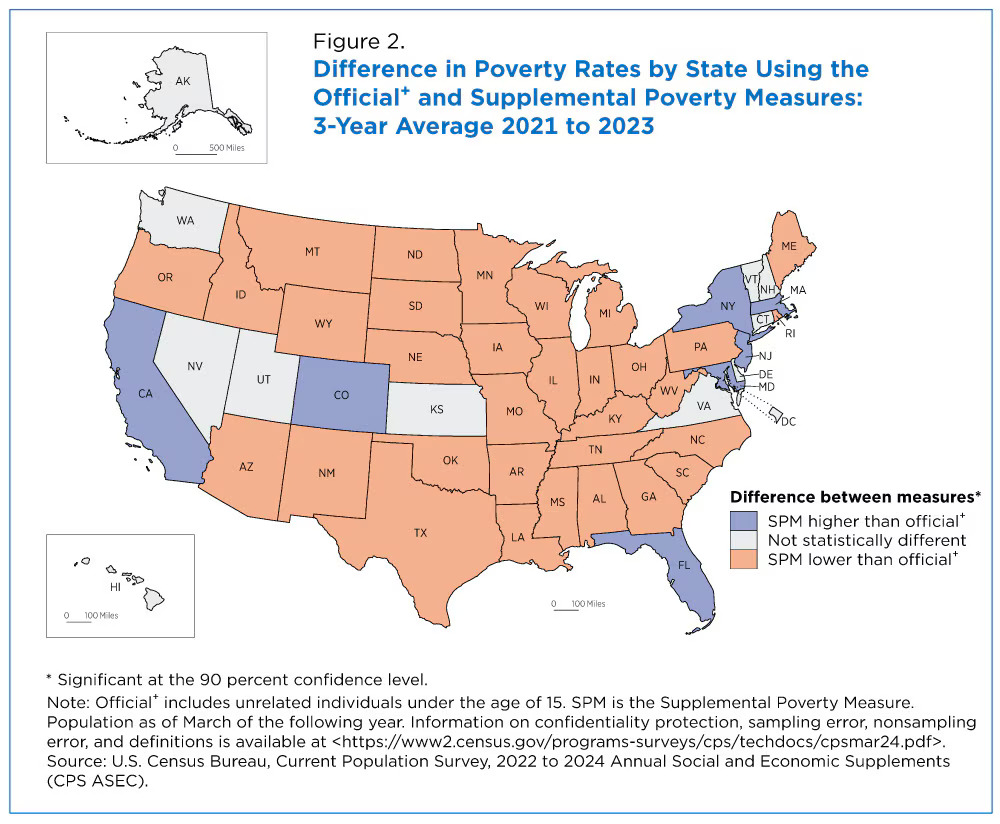
INDIANA – The U.S. Census Bureau’s recent report, Poverty in the United States: 2023, sheds light on two distinct measures of poverty in the country: the Official Poverty Rate (11.1%) and the Supplemental Poverty Measure (SPM) (12.9%). These measures help assess Americans’ economic well-being, but they often provide varying perspectives. For Indiana, the report offers significant insights into how poverty is measured and what factors contribute to financial hardships in the state.
Understanding the Two Poverty Measures
The Official Poverty Measure is a traditional gauge used by the U.S. government, based solely on pre-tax income and family size, without factoring in government assistance programs or regional cost-of-living variations. On the other hand, the Supplemental Poverty Measure (SPM) offers a broader perspective. It considers various government programs designed to help low-income families, such as tax credits, housing subsidies, and food assistance programs while accounting for critical expenses like taxes, housing, and medical costs.

A key distinction in the SPM is that it adjusts for geographic variations, particularly housing costs, which can significantly affect poverty rates. This difference can provide a more nuanced view of economic hardship in states like Indiana, where the cost of living is relatively lower compared to states like California or New York.
Indiana’s Poverty Rates: Official vs. SPM
According to the Census Bureau’s analysis of 3-year averages (2021-2023), Indiana’s official poverty rate exceeded the SPM, a trend seen in 32 states. Indiana’s official poverty rate, including unrelated individuals under 15 (the official poverty measure), was higher than its SPM rate. This pattern indicates that when government assistance programs, taxes, and necessary expenses are factored in, the economic situation for many in Indiana improves slightly.

While the exact state-specific numbers were not highlighted in the national summary, Indiana follows the general trend in the Midwest, where the official poverty rate tends to be higher than the SPM. This could be due to relatively lower housing costs, which the SPM adjusts for, and the impact of safety net programs that help alleviate economic burdens.
The Role of Housing Costs and Expenses
One reason the SPM might be lower in Indiana is its comparatively affordable housing market. Unlike states with high housing costs, such as California or New York, Indiana’s more affordable home prices and rental costs make a significant difference when calculating the SPM. Additionally, Indiana’s homeownership rate is relatively high, and those who own homes without a mortgage are less likely to fall below the SPM threshold.
However, Indiana residents still face financial pressures in other areas, such as healthcare expenses and taxes, which are included in the SPM calculation. These factors may offset some of the benefits of lower housing costs, particularly for low-income families struggling to make ends meet.
National and Regional Comparisons
When comparing Indiana to other states, it is essential to note that Indiana’s official poverty rate is higher than the SPM, reflecting a regional trend in the Midwest. This contrasts with states like California, where the SPM is higher due to high housing costs, taxes, and other living expenses.
Indiana is part of a group of states, including Ohio, Kentucky, and Illinois, where the SPM is lower than the official rate. This indicates that government assistance and regional cost differences play a substantial role in reducing the overall poverty burden.
Conclusion
The data presented in the U.S. Census Bureau’s Poverty in the United States: 2023 report provides a more comprehensive understanding of poverty in Indiana. While the official poverty rate remains higher than the SPM in the state, the broader perspective offered by the SPM highlights the importance of government programs and regional cost variations in alleviating poverty. For Indiana, where housing is more affordable and government support is crucial, the SPM provides a more optimistic picture of economic well-being than the official measure. However, the ongoing economic challenges low-income families face underscore the need for continued support and targeted policies to reduce poverty across the state further.



